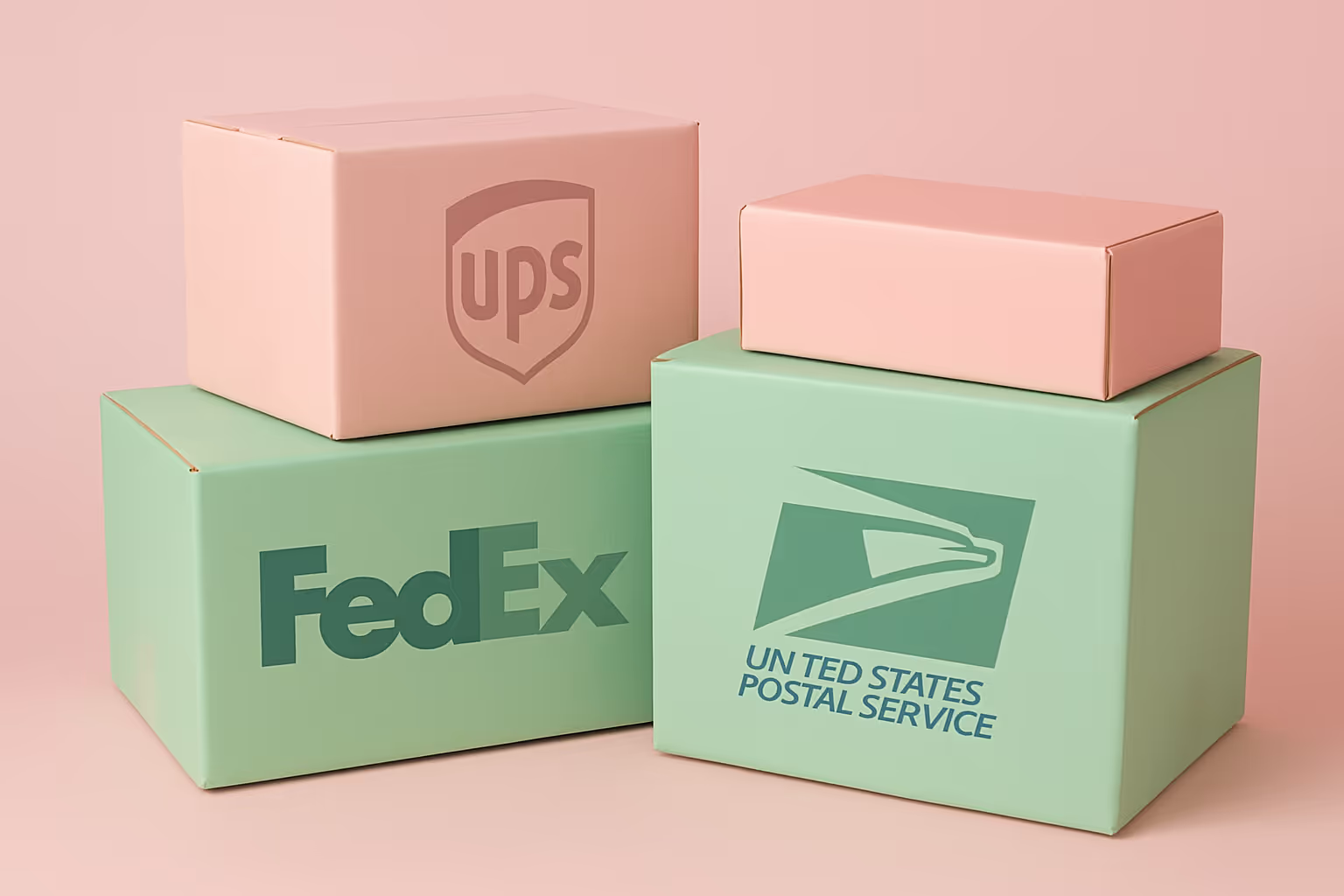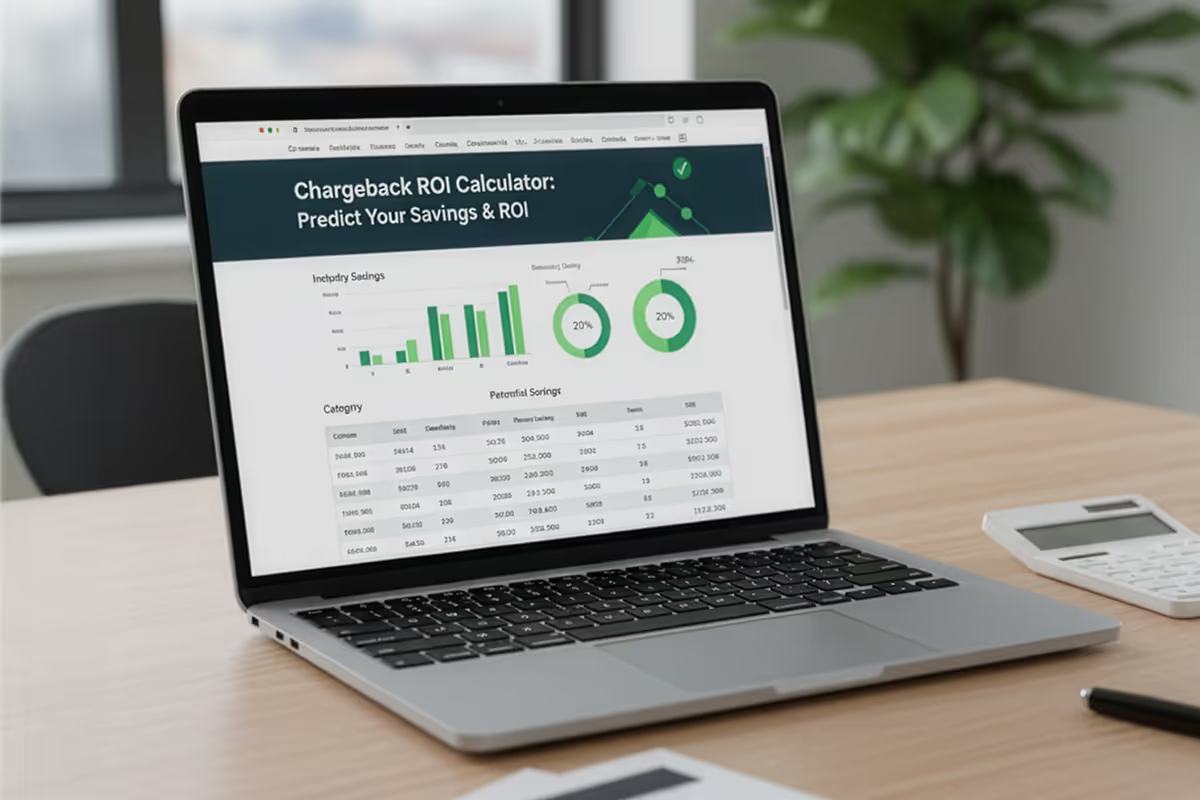
Entering the expansive Amazon marketplace through a Fulfilled by Merchant (FBM) account opens big opportunities.
As of 2024, Amazon hosts over 9.7 million sellers worldwide, with nearly 33% choosing FBM to maintain control over storage, packaging, and shipping.
Unlike FBA, FBM puts fulfillment entirely in the seller’s hands, offering more flexibility and cost control. This guide will show you how to open an Amazon FBM account, helping you start strong and build a scalable business.
Opening an Amazon FBM Account in 6 Steps
Creating your Amazon FBM account requires preparation and attention to detail. Here's a comprehensive guide to get you started:
Step 1: Prepare Required Information and Documents
Before beginning the registration process, gather these essential items:
- Business email address or Amazon customer account
- Phone number for verification
- Tax identification information (SSN for individuals or EIN for businesses)
- Bank account and routing number for payments
- Credit card for seller fees
- Business information (legal business name, address, etc.)
- Government-issued ID (driver's license or passport)

Step 2: Choose Your Selling Plan
Amazon offers two selling plans:
Individual Selling Plan:
- No monthly subscription fee
- $0.99 fee per item sold
- Limited access to selling tools
- Best for sellers offering fewer than 40 products per month
Professional Selling Plan:
- $39.99 monthly subscription fee
- No per-item fee
- Access to advanced selling tools and reports
- Ability to sell in restricted categories
- Bulk listing capabilities
- Required for brand registry
For serious FBM sellers, the Professional plan usually offers better value once you're selling more than 40 items monthly.
Step 3: Register Your Seller Account
- Visit Amazon Seller Central
- Click "Register Now."
- Choose between an Individual or a Professional account
- Enter your business email address and create a password
- Follow the prompts to provide your business information:
- Legal business name
- Business address
- Contact phone number
- Credit card information
- Bank account details for receiving payments
- Tax identity information
Step 4: Complete Seller Identity Verification
Amazon requires verification to prevent fraud:
- Provide your personal information, including name, address, and date of birth
- Submit images of your government-issued ID
- Complete a video call verification if requested
- Wait for Amazon to verify your documents (usually 1-3 business days)
Step 5: Set Up Your Seller Profile
Create a professional presence:
- Develop a "About Seller" section that builds trust
- Upload your store logo if you have one
- Configure your shipping settings:
- Define shipping regions
- Set shipping rates
- Establish handling times
- Set up tax collection settings based on your tax obligations
Step 6: Configure FBM Settings
Unlike FBA, you'll need to establish your fulfillment parameters:
- Navigate to Settings > Shipping Settings
- Set your shipping methods (Standard, Expedited, Two-Day, etc.)
- Define shipping rates for each method
- Establish handling times (how quickly you'll ship after receiving an order)
- Set up shipping templates for different product categories if needed
Pro tip: While Amazon requires shipping within two business days, setting a longer handling time (3-5 days) in your settings gives you a buffer period to avoid late shipments, which can negatively impact your account health.
Around 1 in 3 new Amazon sellers run into delays during setup. Use this checklist to make sure you’re not one of them.
Creating Listings for Your FBM Products

After your account setup is complete, you'll need to create product listings.
Adding Individual Products
For a small catalog:
- Go to Inventory > Add a Product
- Search for existing products in Amazon's catalog or create a new listing
- Fill in the required details:
- Product title
- Brand name
- Category
- Product ID (UPC, EAN, ISBN, etc.)
- Key product features
- Product description
- Search terms
- Images (minimum 1000x1000 pixels on white background)
- Set your price
- Define the quantity available
- Save and finish
Bulk Upload for Multiple Products
For larger inventories:
- Go to Inventory > Add Products via Upload
- Download the appropriate category template
- Fill in the template with your product information
- Save the file as a text file (.txt)
- Upload the completed file
- Review any errors and make corrections
Managing FBM Orders and Shipping
When orders come in, you'll need an efficient process for fulfillment:
Order Processing Workflow
- Receive order notifications from Amazon (email or Seller Central)
- Print packing slips and shipping labels from Seller Central
- Package products securely
- Ship within your promised handling time
- Upload tracking information to Amazon
Shipping Requirements and Best Practices
- Choose reliable shipping carriers or a fulfillment solution with tracking
- Consider offering free shipping to increase conversion rates
- Use appropriate packaging to prevent damage
- Include Amazon order information on packages
- Upload tracking numbers promptly (within 24 hours of shipping)
- Consider shipping insurance for high-value items.

Seller Performance Metrics for FBM Success
Amazon closely monitors seller performance. For FBM sellers, these metrics are crucial:
Key Performance Indicators
- Order Defect Rate (ODR): Keep below 1% (includes negative feedback, A-to-Z claims, and chargebacks)
- Late Shipment Rate: Maintain below 4%
- Cancellation Rate: Keep under 2.5%
- Valid Tracking Rate: Aim for 95% or higher
- On-Time Delivery: Strive for 97% or better
Maintaining Good Account Health
- Check your Account Health regularly in Seller Central
- Address customer messages within 24 hours
- Process refunds promptly
- Resolve any A-to-Z claims immediately
- Keep sufficient inventory to avoid cancellations
- Ship orders on time, every time
FBM vs. FBA: Making the Right Choice
While this guide focuses on FBM, it's worth understanding the differences to ensure you're choosing the right fulfillment method.
When FBM Makes More Sense
- You have existing warehouse space and fulfillment processes
- Your products have low turnover rates
- You sell large, heavy, or bulky items
- Your margins are thin, and FBA fees would be prohibitive
- You want to maintain control over packaging and customer experience
- You're just starting and want to minimize upfront costs
When to Consider FBA Instead
- You want to offer Prime shipping
- You lack warehouse space or fulfillment capabilities
- Your products sell quickly and in high volumes
- You don't want to handle customer service and returns
- You want to focus on product sourcing and marketing rather than operations
Common FBM Challenges and Solutions
Shipping Delays
- Challenge: Unexpected carrier delays can affect your performance metrics.
- Solution: Build buffer time into your shipping promises and use reliable carriers with tracking.
Inventory Management
- Challenge: Keeping track of stock across multiple sales channels.
- Solution: Implement inventory management software that syncs with Amazon and other platforms.
Customer Service Demands
- Challenge: Handling customer inquiries promptly while managing other business aspects.
- Solution: Create templated responses for common questions and consider customer service software or virtual assistants for scaling.
Competition with Prime Listings
- Challenge: Competing with Prime-eligible products that offer free 2-day shipping.
- Solution: Offset this disadvantage with competitive pricing, unique products, or exceptional customer service.
FBM Veteran Strategy: Backup Shipping Templates for Risk Control
Experienced FBM sellers quietly use backup shipping templates to protect their metrics during delays. These templates have slightly longer handling times and fewer shipping zones.
If issues arise like supply delays or staffing problems, you can quickly switch to the backup without hurting your Order Defect Rate or Late Shipment Rate. It’s a smart safety net that keeps your account health intact during peak seasons or unexpected hiccups.
Start Your Amazon FBM Journey Today
Opening an Amazon FBM account is a flexible, low-cost way to enter one of the world’s largest marketplaces.
With full control over fulfillment and no FBA fees, FBM gives sellers a strategic edge. While setup takes attention to detail, this guide equips you to start strong.
Success on Amazon requires constant optimization. Track your metrics, adapt to market shifts, and consider expanding into trending categories.
FAQ
Related blogs
.avif)
Price Elasticity Of Demand Calculator: Predict Revenue Impact in Seconds
.avif)
High-Low Method Calculator: Discover Your True Fixed and Variable Costs
.avif)
Dynamic Pricing Calculator: Optimize Margins and Sell Smarter With Every Click


